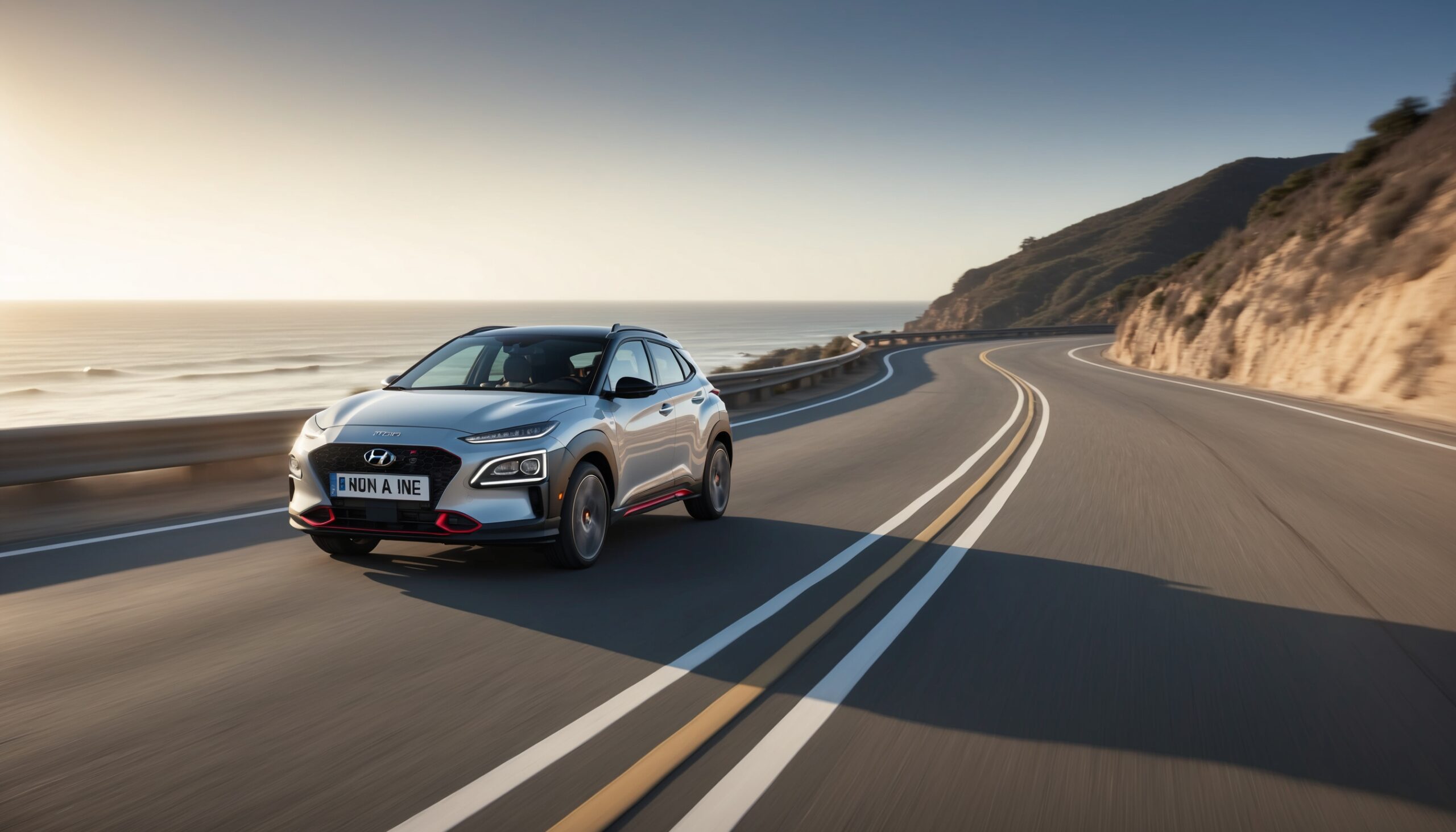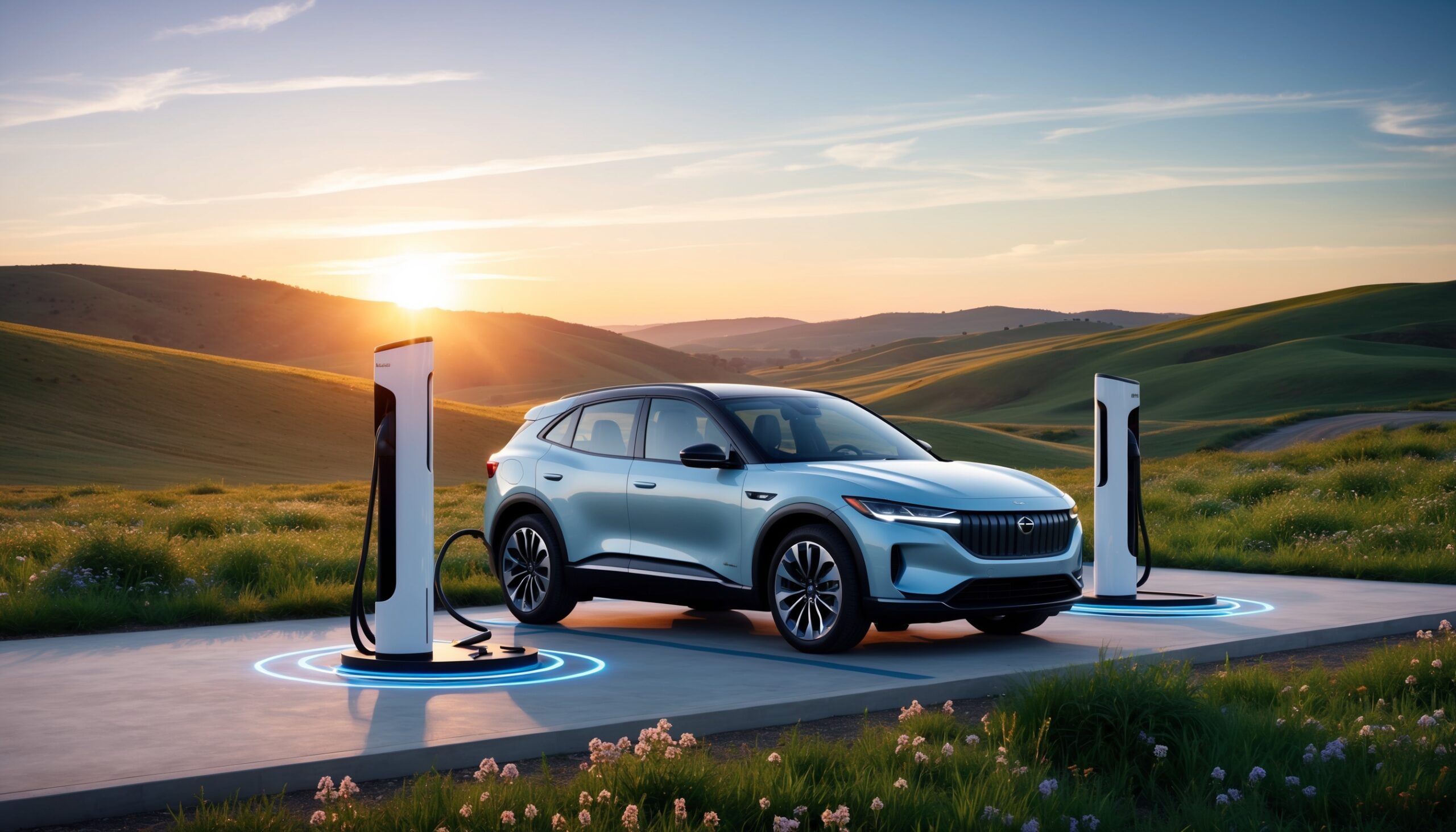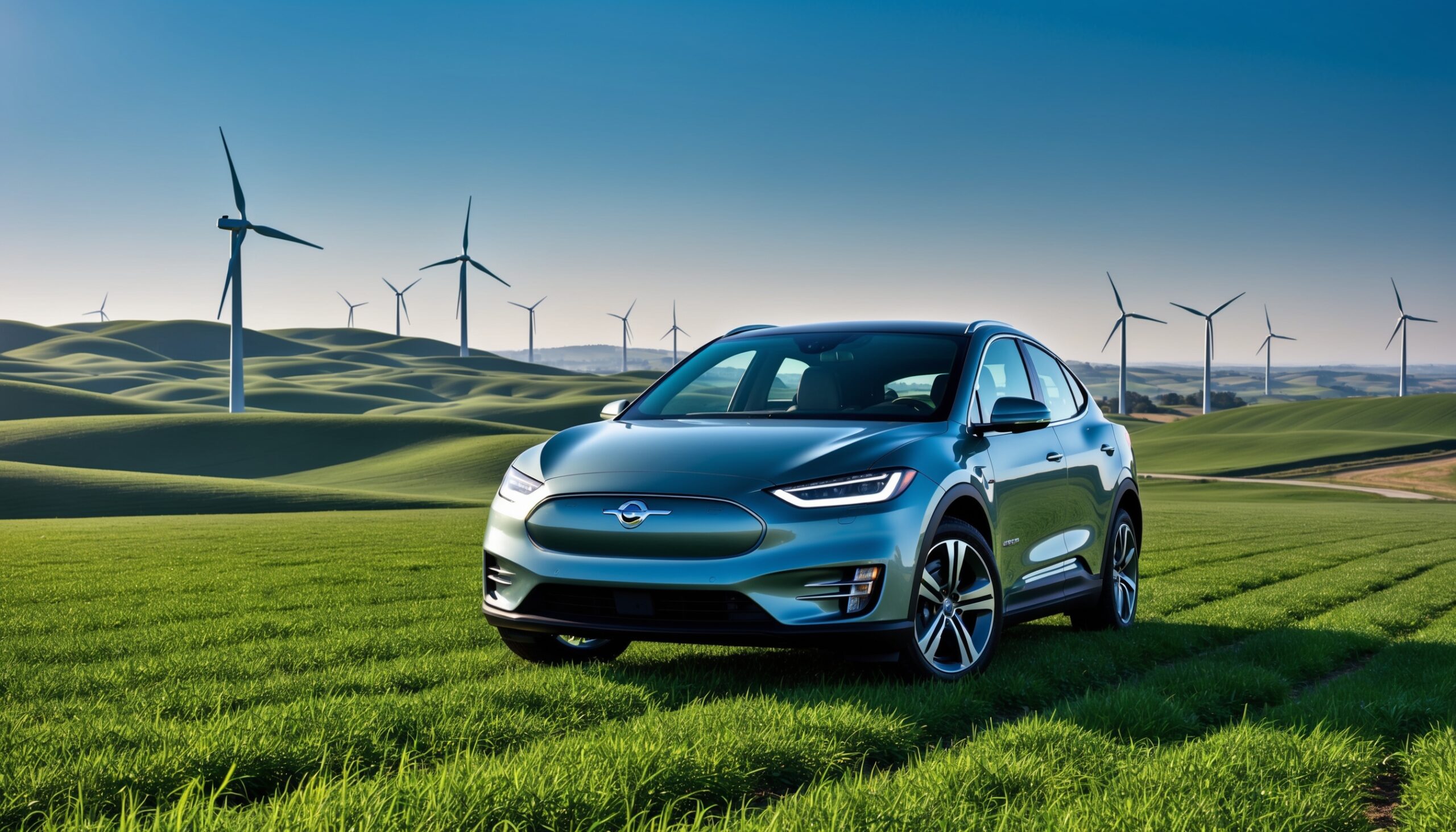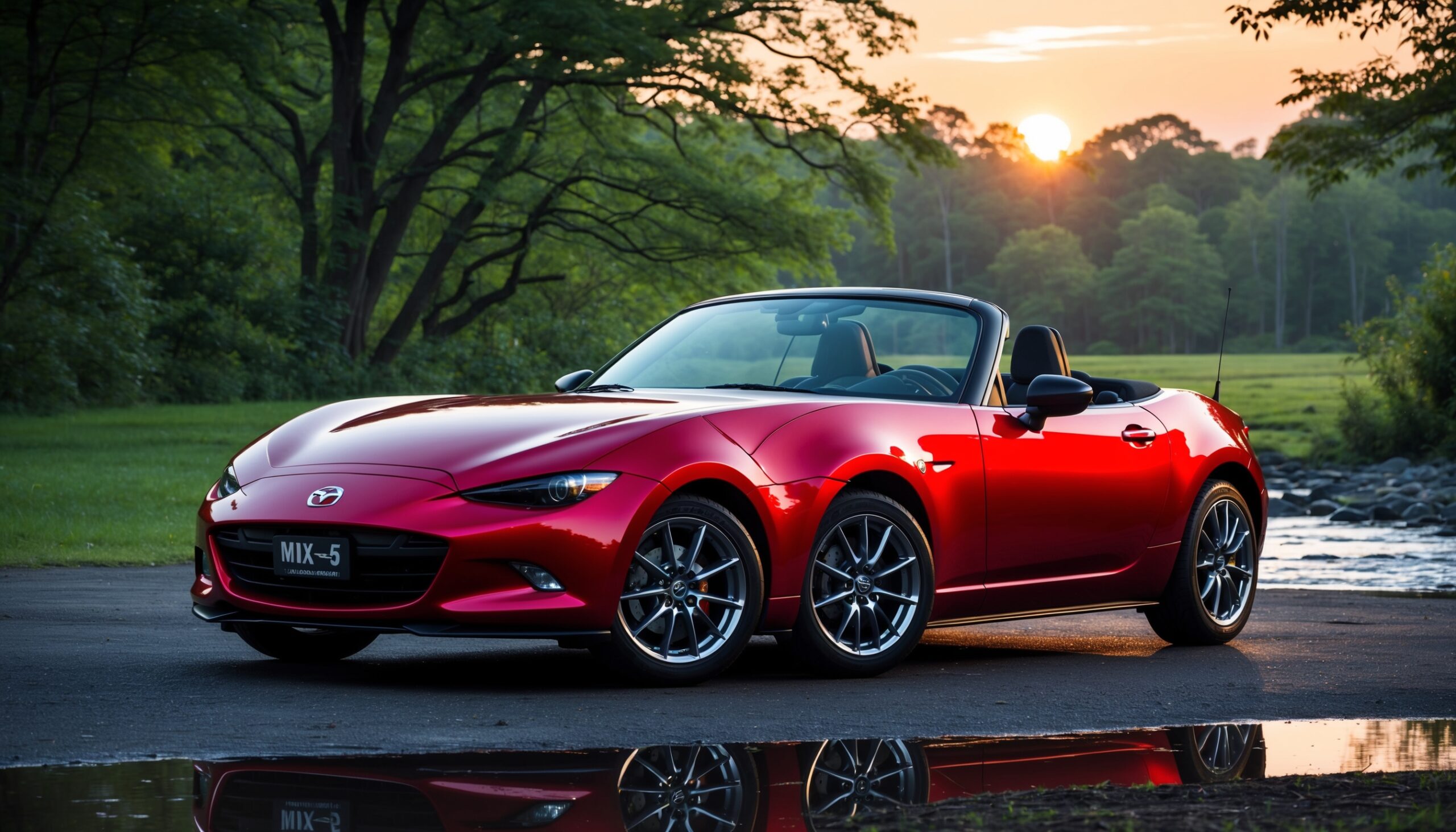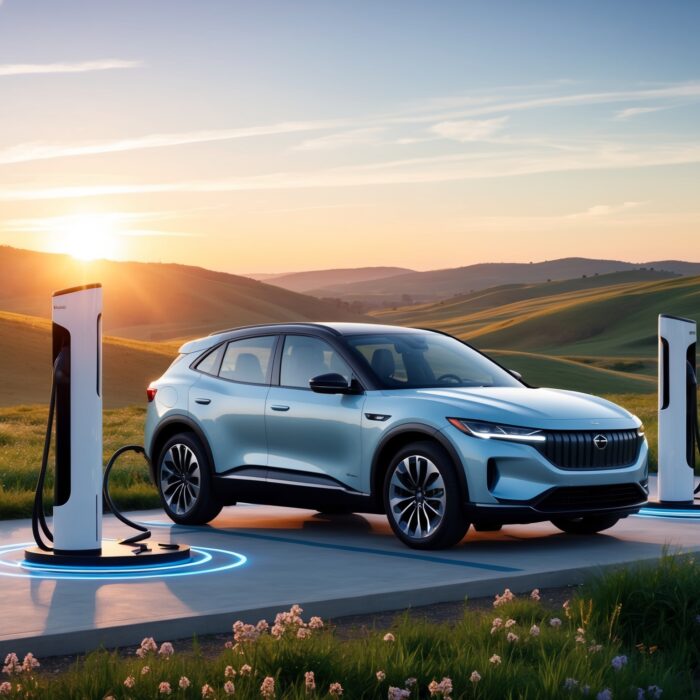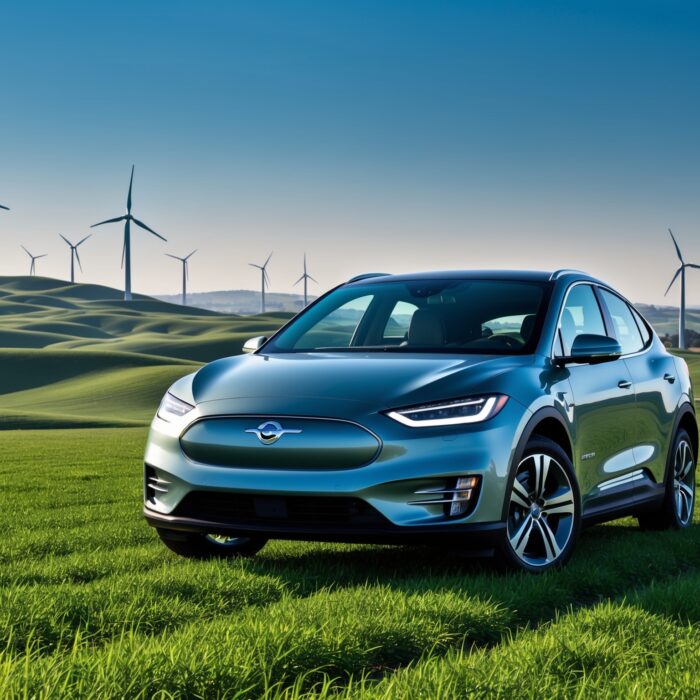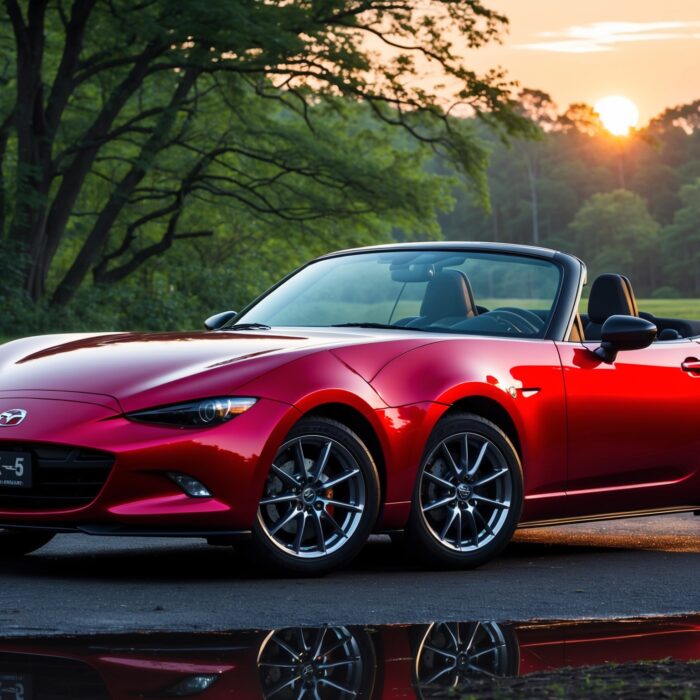Wireless EV Charging on the Horizon: Testing and Pilot Programs
As electric vehicles (EVs) continue to surge in popularity, the quest for more convenient and efficient charging solutions is more important than ever. Imagine a world where you could park your car, and it would automatically start charging without having to plug it in. This dream is becoming a reality with the development of wireless EV charging technology. Here at Torque Feed, we’re diving into the exciting developments, testing, and pilot programs that are paving the way for this revolutionary charging method.
Understanding Wireless EV Charging
Wireless EV charging, also known as inductive charging, utilizes electromagnetic fields to transfer energy between two coils: one installed in the ground and the other in the vehicle. This technology offers a seamless charging experience, eliminating the need for messy cables and connectors. But how does it work, and what are the benefits? Let’s break it down.
How Inductive Charging Works
The process of wireless charging begins with the charging pad, which is embedded in the parking surface. When an EV equipped with a receiver pad is parked over it, an electromagnetic field is generated. This field induces an electric current in the vehicle’s receiver coil, which is then converted into usable electricity to charge the battery.
The Benefits of Wireless Charging
- Convenience: No more fumbling with charging cables or worrying about whether you have the right connector.
- Safety: With no exposed cables, the risk of tripping or electrical hazards is significantly reduced.
- Durability: Wireless charging systems are typically more robust, as they are less prone to wear and tear compared to traditional connectors.
- Smart Integration: Future systems could be integrated with smart city technology, allowing for automated charging based on demand and grid conditions.
Current Testing and Pilot Programs
As promising as this technology sounds, it’s still in the testing phase. Various companies and research institutions are conducting pilot programs around the globe to assess the feasibility, efficiency, and user acceptance of wireless EV charging. Let’s take a closer look at some of the most notable initiatives:
Also Read: The Business Case for DC Fast Charging: Who Will Win the Network War?
The California Pilot Program
California is often at the forefront of electric mobility innovation, and its latest pilot program is no exception. The state has partnered with several tech companies to test wireless charging technology in real-world conditions. The pilot involves a select number of EVs and charging pads installed in public parking areas, allowing users to experience the convenience of wireless charging firsthand.
BMW and the Wireless Charging Pad
BMW has been one of the early adopters of wireless charging technology, launching a pilot program to test its wireless charging pad for the BMW 530e. This system allows users to simply park over the charging pad, and it automatically begins charging, showcasing the potential for seamless integration into daily life.
WiTricity’s Roadway Charging Trials
WiTricity, a pioneer in wireless charging technology, has been conducting trials that focus on roadway charging. This ambitious project aims to embed charging infrastructure directly into the roads, allowing EVs to charge while driving. Early trials have shown promising results, and the team is working on refining the technology for future applications.
The Future of Wireless EV Charging
As the pilot programs continue to yield valuable data, the future of wireless EV charging looks bright. However, several challenges still need to be addressed before this technology can become widely adopted. Let’s explore some of the hurdles that lie ahead:
Cost and Infrastructure
One of the most significant challenges is the cost of installing wireless charging infrastructure. While the technology can offer numerous benefits, the initial investment required to install charging pads in public and private spaces can be a barrier. Companies and governments will need to collaborate to create cost-effective solutions that make widespread deployment feasible.
Efficiency and Charging Speed
While wireless charging is convenient, there are concerns about efficiency and charging speed compared to traditional wired systems. Current wireless charging systems typically have lower energy transfer efficiency, which means longer charging times. Researchers are working diligently to improve these metrics, but it will take time before wireless charging can compete with conventional methods.
Standardization
Another hurdle is the lack of standardization across different manufacturers. Just as the automotive industry has standardized plug types for traditional charging, a similar approach is needed for wireless charging technology. Collaboration among automakers, charging infrastructure providers, and regulatory bodies will be essential to establish common standards that ensure compatibility.
Consumer Acceptance
For wireless EV charging to gain traction, consumer acceptance will be key. Many drivers are accustomed to traditional charging methods and may be skeptical about new technology. Educating consumers about the benefits and ease of use of wireless charging will be essential for widespread adoption.
Innovations on the Horizon
Despite the challenges, innovations in wireless charging technology continue to emerge. Researchers are exploring new methods to enhance efficiency, reduce costs, and improve user experience. Here are a few exciting developments to keep an eye on:
Dynamic Charging
Dynamic charging is a concept that involves charging EVs while they are in motion. This could be achieved through embedded charging pads in roadways, allowing vehicles to charge as they drive. While still in the experimental stages, this technology has the potential to revolutionize the way we think about charging EVs.
Smart Charging Networks
As smart cities become more prevalent, the integration of wireless charging with smart technology will enable more efficient energy use. Charging networks could adapt to grid demand, optimizing charging times and costs for users.
Also Read: The Business Case for DC Fast Charging: Who Will Win the Network War?
Enhanced Safety Features
Future wireless charging systems may incorporate advanced safety features, such as automatic shutoff if a foreign object is detected on the charging pad. This could alleviate some of the concerns surrounding safety and reliability as the technology becomes more mainstream.
Conclusion: The Road Ahead
Wireless EV charging is undoubtedly an exciting frontier in the electric vehicle industry. With various pilot programs and testing underway, we are inching closer to a future where charging is as simple as parking your car. While challenges remain, the potential benefits of convenience, safety, and integration with smart technology make it a compelling area of development. At Torque Feed, we are eager to see how these initiatives unfold and how they will shape the future of transportation. Buckle up, because the journey into wireless charging is just beginning!

